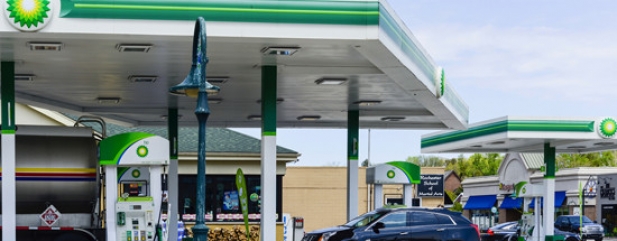Archived article
Please note that tax, investment, pension and ISA rules can change and the information and any views contained in this article may now be inaccurate.
What oil price rise means for Shell and BP dividends

Oil producers’ cartel OPEC’s surprise decision on 28 September 2016 to cut production has given a boost to the commodity price and to natural resource companies. In particular, shares in oil producers BP (BP.) and Royal Dutch Shell (RDSB) are moving upwards as investors feel more confident in their ability to maintain dividend payments.
BP has a 6.5% dividend yield and Shell yields 7.1%, according to latest dividend forecasts.
Since the collapse in oil prices which began in June 2014 both Shell and BP have been unable to fund their dividends out of cash generated from their operations. It means they are effectively borrowing money to pay their dividends.
In the short-term both companies’ balance sheets are robust enough to bear the strain but in the long-term this situation is unsustainable.
History suggests BP would be more likely to cut its dividend. It did so in the aftermath of the Deepwater Horizon disaster and resulting Gulf of Mexico oil spill in 2010. Shell has not cut its dividend since the Second World War.
By 2020 Shell reckons it could generate organic free cash flow of between $20bn and $25bn based on an oil price of $60 per barrel.
This would be sufficient to cover the dividend at its current level, the cash cost of which was around $9bn in 2015.
Despite the recent rise in oil prices to circa $50 a barrel off the back of the OPEC decision, Barings’ multi-asset team head Marino Valensise believes prices will not go any higher than a $55 to $60 per barrel range as this is the level at which US shale producers could flood the market with additional supply.
The other issue to consider is the pace and timing of the OPEC cuts. A committee will propose by 30 November 2016 how the cuts will be actioned, with some countries not expected to make any changes. The cuts may not happen until next year.
Analysts at Bank of America Merrill Lynch are a bit more optimistic and see prices hitting $70 per barrel by the end of the second quarter of 2017. (TS)

OPEC cuts may not be as straightforward as some people think. However, we believe Shell will do everything it can to maintain its consistent dividend-paying track record. We are positive at £20.54 although anyone owning the shares purely for income should make sure their portfolios are well diversified in case of any unwelcome dividend shocks should oil prices revert back to a downwards trend.
Important information:
These articles are provided by Shares magazine which is published by AJ Bell Media, a part of AJ Bell. Shares is not written by AJ Bell.
Shares is provided for your general information and use and is not a personal recommendation to invest. It is not intended to be relied upon by you in making or not making any investment decisions. The investments referred to in these articles will not be suitable for all investors. If in doubt please seek appropriate independent financial advice.
Investors acting on the information in these articles do so at their own risk and AJ Bell Media and its staff do not accept liability for losses suffered by investors as a result of their investment decisions.
 magazine
magazine









